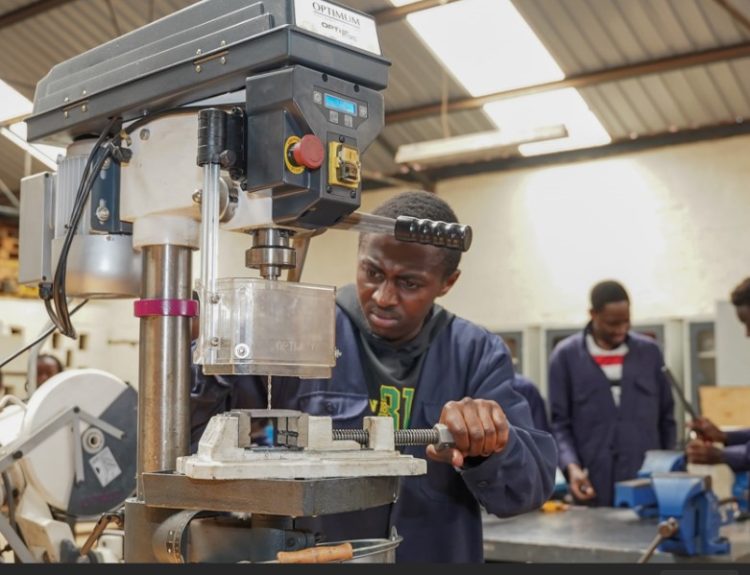In the world of wealth, a luxury watch is far more than an object that ticks away the hours—it is a fusion of engineering mastery, heritage, and cultural symbolism. To own one is to hold a piece of history, an emblem of identity, and increasingly, a highly sought-after financial asset. The global luxury watch market, estimated at over $50 billion, remains one of the most resilient industries in luxury, precisely because it thrives not on trends, but on the timeless allure of rarity and precision.
The modern luxury watch industry was forged in the workshops of Switzerland, where houses like Patek Philippe, Vacheron Constantin, Rolex, Audemars Piguet, and Jaeger-LeCoultre transformed watchmaking into high art. These maisons do not merely sell timepieces—they sell centuries-old stories of craftsmanship, passed down like family secrets. Every complication—the perpetual calendar, the moonphase, the tourbillon—represents the obsessive pursuit of perfection, and collectors willingly pay dearly to own it.
Unlike mass-market products, luxury watches derive their value from deliberate scarcity. Production is tightly controlled, with some maisons producing only a few thousand pieces of a coveted model each year. A Rolex Daytona or Patek Philippe Nautilus cannot simply be purchased; it must often be earned through years on a waiting list or insider connections. This scarcity fuels a booming secondary market, where models trade for two, three, or even ten times their retail price.
Today, watches are no longer just adornments—they are alternative asset classes. Steel sports models from Rolex or Audemars Piguet have outperformed traditional investments such as stocks or bonds. Auction houses have reinforced this perception: Paul Newman’s Rolex Daytona fetched $17.8 million at Phillips in 2017, while Patek Philippe’s Grandmaster Chime reached $31 million at Christie’s. These results elevate watches into the same investment tier as fine art, vintage cars, and rare wines.
The industry also thrives on cultural cachet. Hip-hop icons like Jay-Z and Rick Ross, athletes like LeBron James and Cristiano Ronaldo, and fashion leaders like Rihanna and Pharrell have become global ambassadors of high horology. Their influence extends beyond fashion—when a celebrity is seen wearing a Richard Mille or an Audemars Piguet Royal Oak, demand for that model can spike overnight. This fusion of celebrity influence and exclusivity has ensured that watches remain enduring status symbols across generations.
While Switzerland remains the epicenter of craftsmanship, the fastest-growing demand now comes from Asia and the Middle East. Cities such as Shanghai, Hong Kong, Dubai, and Singapore have become powerhouses in luxury watch consumption, fueled by newly created wealth. For many buyers in these regions, a watch is not merely a purchase but a form of soft power—a discreet yet potent symbol of success, influence, and global standing.
Ultimately, the luxury watch industry endures because it has redefined the meaning of time. A digital device may deliver precision, but it cannot embody legacy. A mechanical timepiece—crafted by masters, wound by hand, and limited by design—becomes a family heirloom and a marker of permanence in a world driven by speed. In the rarefied circles of global wealth, the true luxury lies not in keeping time, but in owning it.



